Depending on the size and design of the room, the tone of the door leaf is chosen. Light interior doors in the interiors of the style of minimalism, Provence, country, classic will look more advantageous than dark, especially if the apartment does not differ in large sizes. In high-tech and modern interiors, dark interior doors with rich colors will help emphasize the style.
Tip: The color of door leafs can be matched to the tone of the walls, furniture or floor, and also be contrasting - this technique is often used in modern styles.
Materials for the manufacture of interior doors
In the interior of an apartment, interior doors play an important role: they not only make it possible to separate the rooms from each other, but also affect the overall impression of the living space, can make its perception integral - or, conversely, negate the most interesting design idea, if you choose them wrong.
The choice should be made taking into account the style of registration of the apartment, operating conditions, design, as well as how soon it is planned to make their replacement. And this largely depends on the material from which they are made. The best materials for this purpose are natural - their service life is longer than that of artificial analogues, and aesthetic indicators are higher. However, the price is higher, which plays a decisive role in the selection.
Modern interior doors in the interior of an apartment are most often made of the following materials:
- PVC Plastic interior doors are easy to maintain and have a budget price. Their main advantage is moisture resistance. Unfortunately, plastic quickly loses its appearance, the doors “get cloudy”, and this can spoil any interior. Usually used in offices, warehouses.
- Fiberboard. Fiberboard is practically safe for health. In the production process they are refined, treated with dyes. As a rule, canvases of simple shapes are made from this material. Of course, the strength of such products is much lower than wood, but the price is also lower.
- MDF. The material allows you to make paintings of complex shape, with carved decor. From above it can be laminated, covered with artificial or natural veneer. In terms of price and quality, this is the most attractive option. Interior doors made of MDF are resistant to moisture, deformation, and will last a long time.
- Array Natural wood is the traditional material of the door leaf. The product is durable, easy to get off, you can use various design options. The disadvantage is that it absorbs moisture, so when used in humid rooms, an additional finish is required - coating with moisture-resistant varnish. Cloths made from budgetary species of wood, for example, from pine, are covered with veneer of expensive species on top - this improves their operational and aesthetic qualities.
- Glass. The modern style in the design of the premises dictates the use of modern materials. Glass door leafs are welcome, on which a drawing can be applied.The material does not deteriorate from moisture, which allows it to be used in bathrooms. Design options are very wide: it can be a mirror surface, stained glass, matting - full or partial, in the form of a pattern.
Color of interior doors in the interior of the apartment
The classic interior design involves the compatibility of the color of interior doors with the color of the floor. As a rule, these are various shades of natural wood that go well with various styles of room decoration. In this case, the tone of the wood does not have to coincide at all: the floor can be two or three tones darker or lighter than the door leaf.
In monochromatic interiors, interior doors are used, merging in color with the walls, while the floors can be of the same tone, or can be contrasting. For example, white interior doors in the interior can be combined with a dark floor, creating the basis for a modern or Scandinavian interior. Modern interiors involve the use of non-standard materials, such as a mirror, metal, glass, plastic - and in this case the color of the door leaf can be very different.
In a monochromatic interior, gray interior doors combined with gray walls of the same tone, lighter ceilings and a darker floor will create the illusion of high ceilings and will serve as an excellent backdrop for the demonstration of furniture, textile elements of decoration and decorative accents.
However, interiors are considered the most stylish and expensive, in which natural wood or its veneer is used as a material for interior doors. For example, an interior with “bleached oak” interior doors will require significant financial investments, but a door veneered with oak plates or their imitation is more accessible.
Recently, furniture made of wenge wood, or African rosewood, has gained particular popularity among designers. This is a very beautiful and very expensive material that has an interesting texture and a variety of shades. Wenge interior doors in the interior look very stylish, but the material is rare and expensive, unlike various imitations that are quite affordable and not inferior to the original in expressiveness.
Sliding interior doors
Most often, the hinged door structure is found - a door leaf is inserted in the door frame. This is a simple, classic, time-tested option. There are several varieties of it:
- Classic. They can have one or two wings, swing open in one direction.
- Saloon. The narthex is absent, can open on both sides.
Another type of interior doors - sliding. They have been known in Asia since ancient times, they came to Europe relatively recently, but quickly gained popularity, as they allow solving a lot of interior tasks. Several types of sliding doors are common:
- Movable. The canvas is attached to a guide equipped with rollers, which is attached to the wall. The door leaf moves along the wall, freeing the passage. Option - the guide is built into the wall, so the door "goes" into the wall.
- Coupe. The design of the doors resembles a wardrobe. This saves space due to the overlapping of paintings on each other during disclosure.
- Rotating. When opening, the roto-doors stand “across” the doorway, which saves space in narrow aisles.
- Folding. The “accordion” of the folding door takes up almost no space. Most often used to separate the bedroom from the living room or dressing room. The canvas consists of narrow strips, fastened with loops, which on the rollers move along the guide, folding in the open position and straightening in the closed.
Important: All sliding doors have a common feature: low sound insulation. If this point is significant, for example, the parents' bedroom needs to be separated from the children's room, it is better to use traditional swing doors. In addition, sliding options will cost more.
Interior doors with glass
Glass inserts allow not only to diversify the design, but also to let in daylight into rooms, into which it cannot get in any other way. For example, a door with such an insert, installed between the kitchen and the windowless corridor, will make the corridor brighter in the daytime.
Glass for such inserts must necessarily be tempered to ensure safe operation: in the event that it is accidentally broken, small fragments form that are difficult to cut. Glass itself can be:
- Transparent, smooth or with a pattern;
- Matte;
- Combined (transparent with a matte pattern);
- Stained glass.
Photo of interior doors in the interior of modern apartments
Options for using interior doors of various types are presented below.
Photo 1. The sliding interior door to the frosted glass bedroom does not burden the interior and gives it a modern sound.
Photo 2. Contrast door panels with glass inserts emphasize the geometric interior design.
Photo 3. The door leaf is in harmony in color with the furniture.
Photo 4. The glass canvas is enclosed in a contrasting color frame and emphasizes the modernity of the interior.
Photo 5. A sliding interior door looks great in a loft interior and does not take up space.
Photo 6. The invisible interior door, the painting on the canvases of which continues the painting on the wall.
Photo 7. In color, the door leaf is in harmony with the floor covering.
Photo 8. The color of the wooden elements of the interior door repeats the color of the furniture elements.

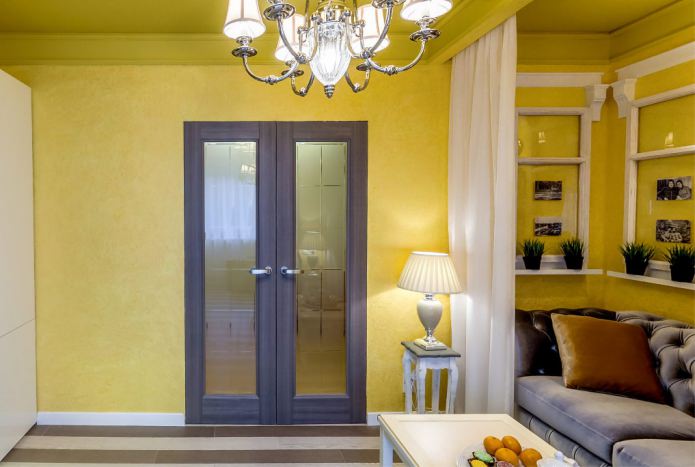

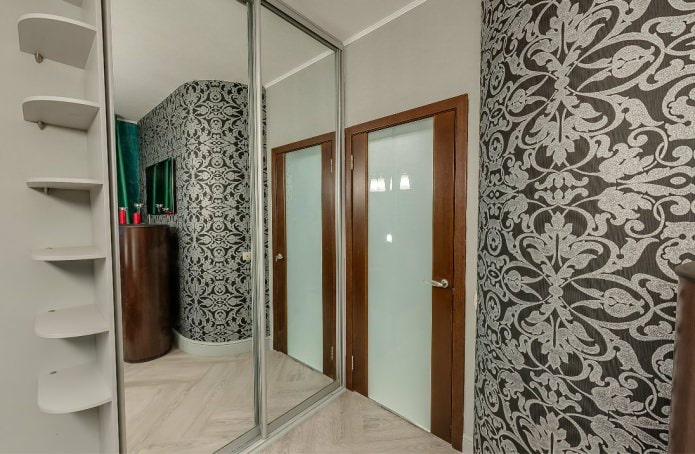

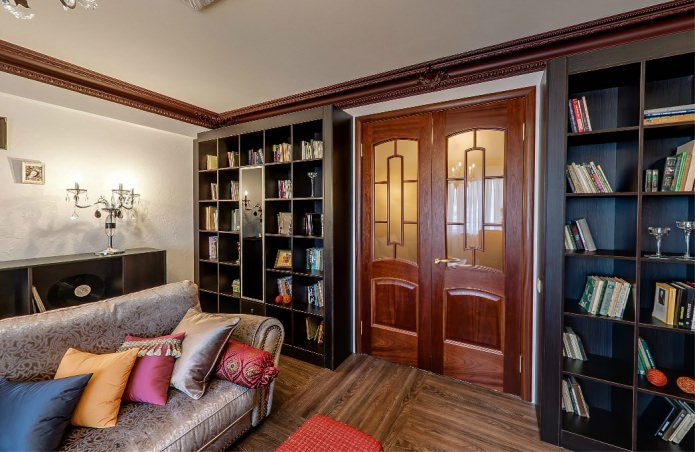
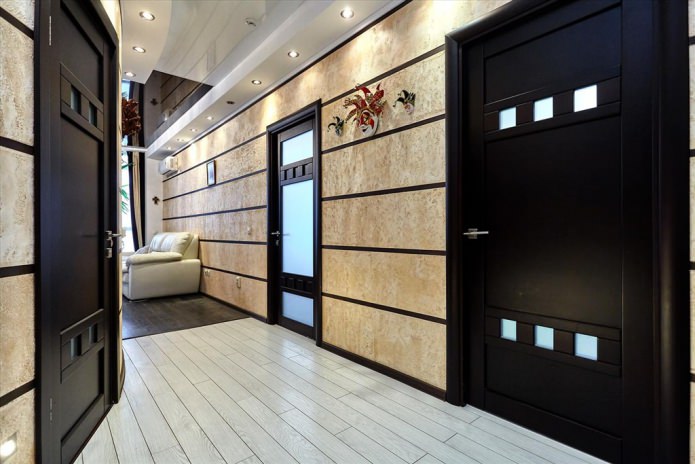
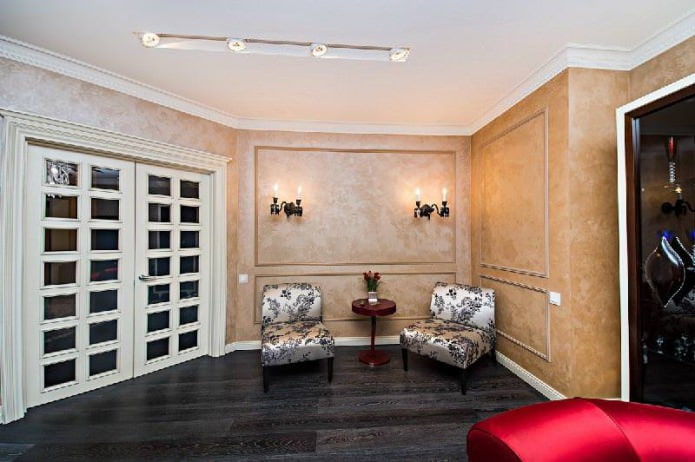
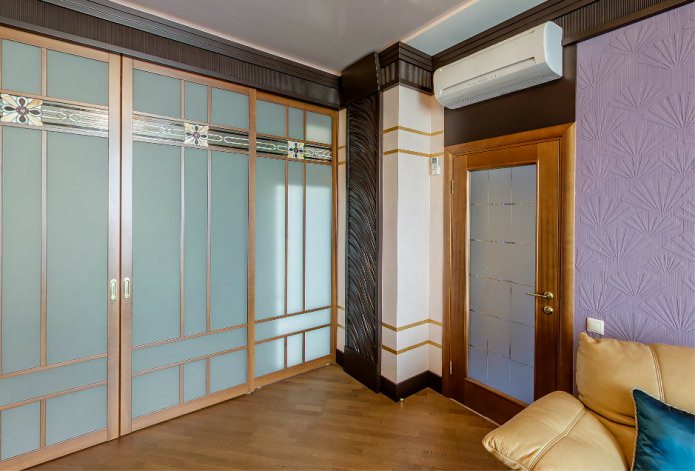
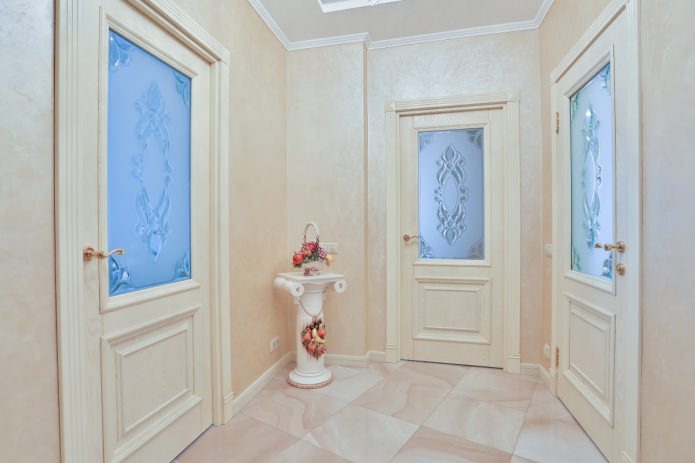
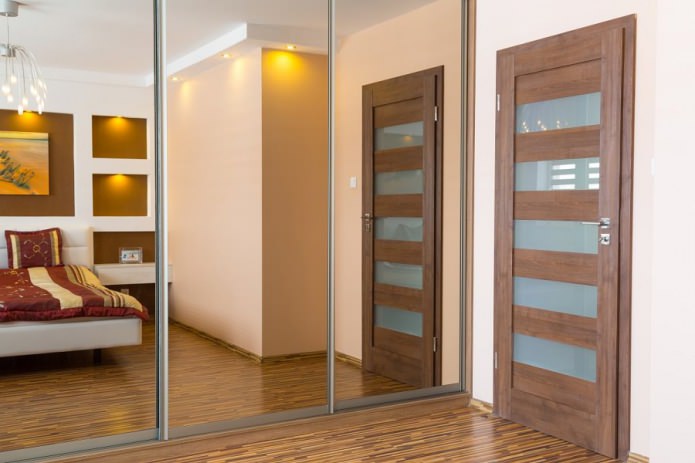
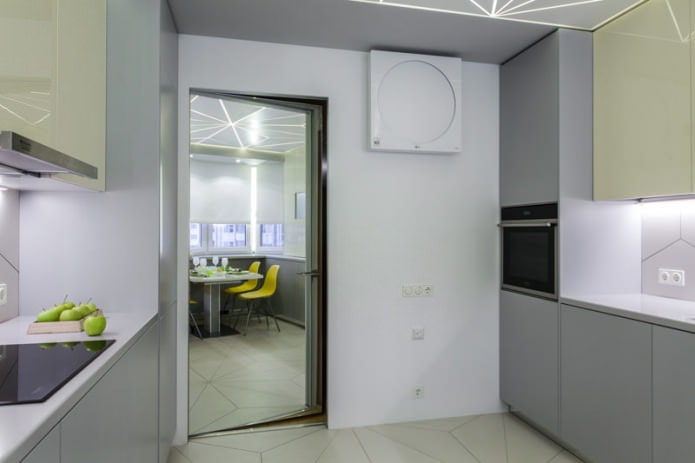

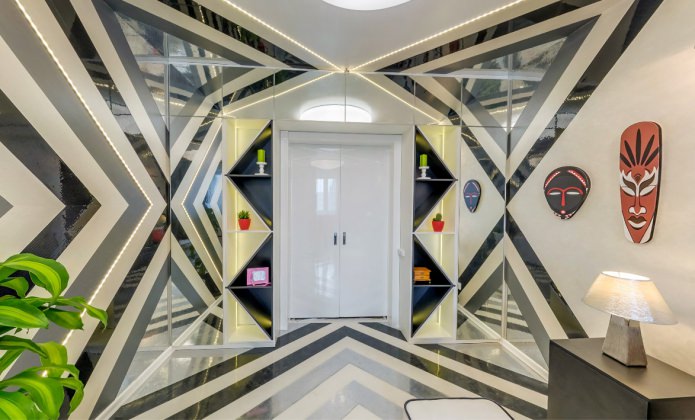
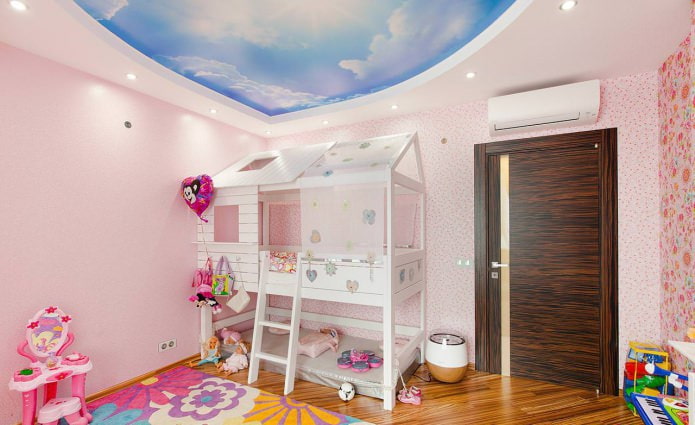
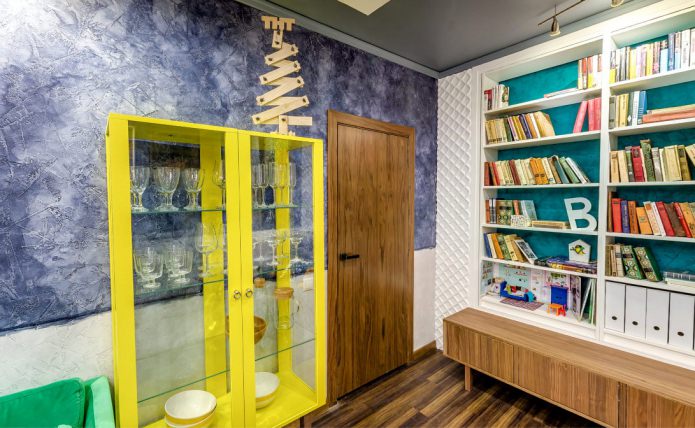
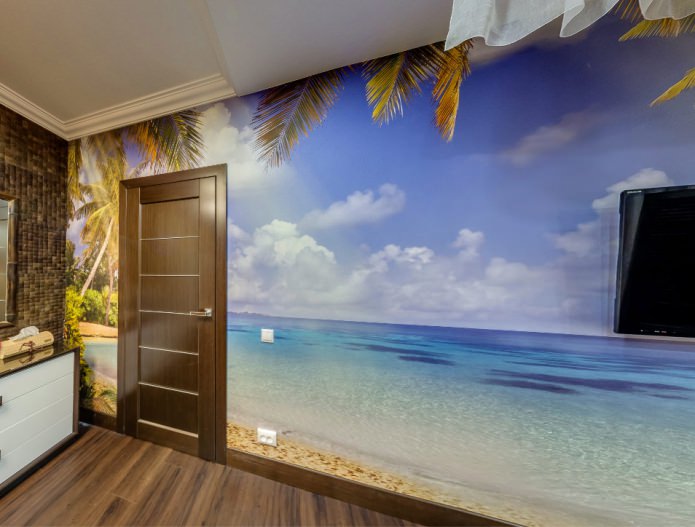
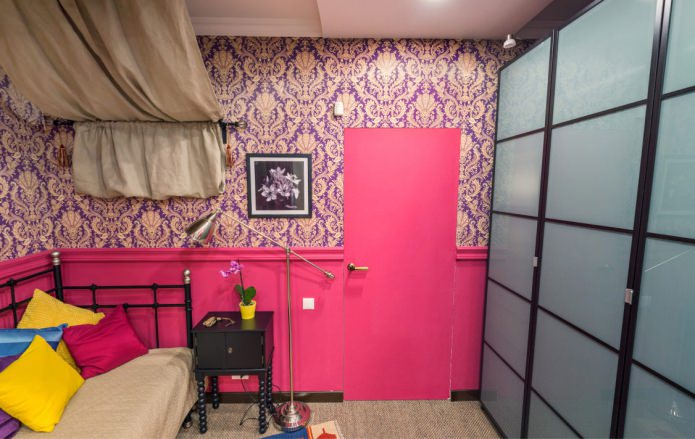
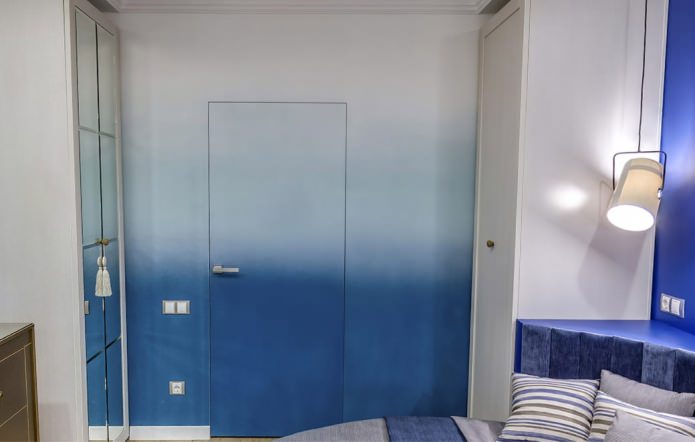
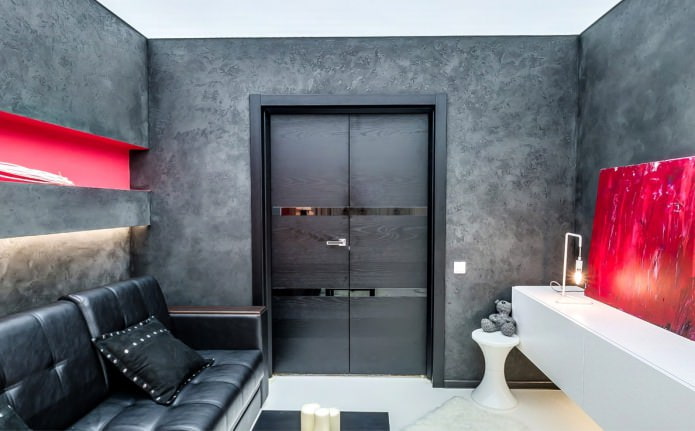

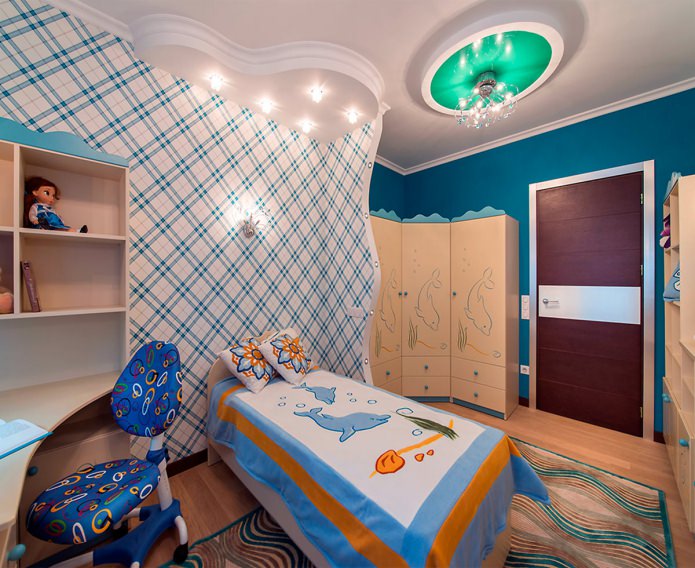
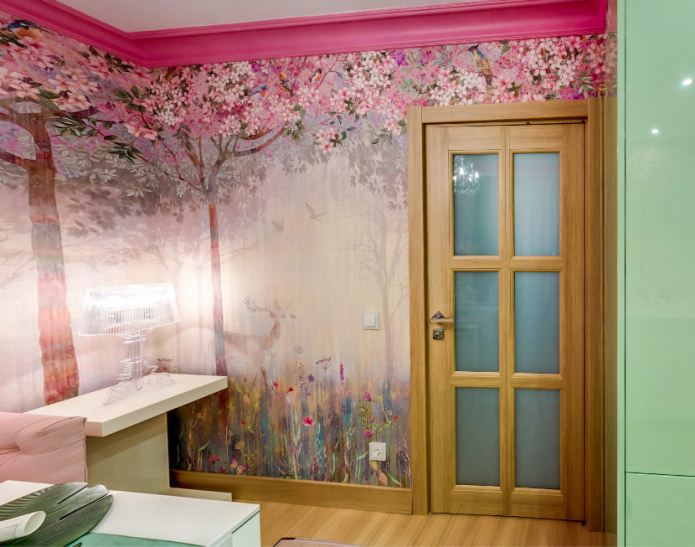

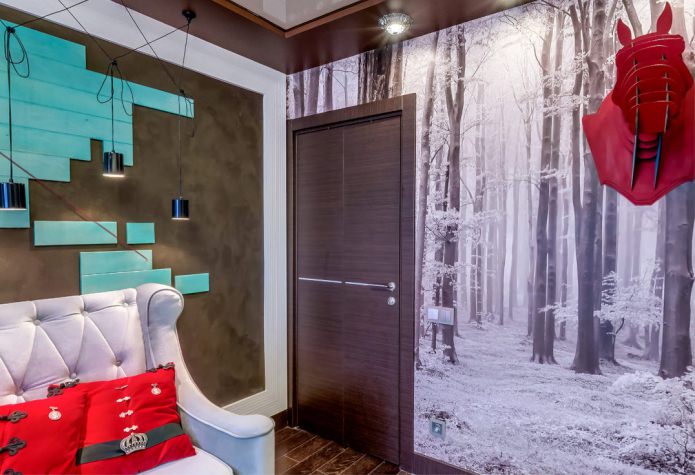
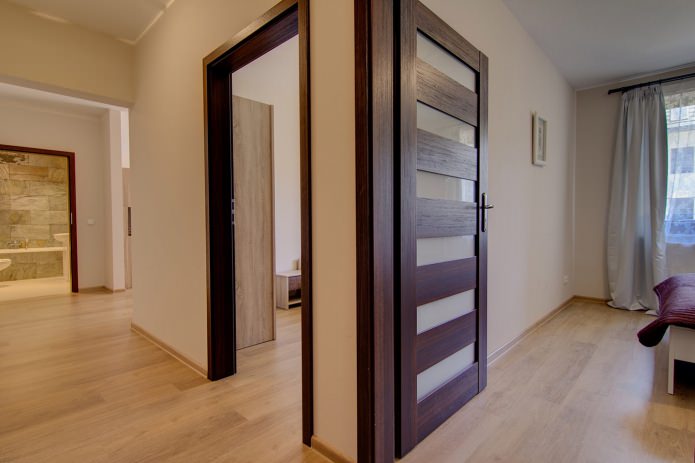
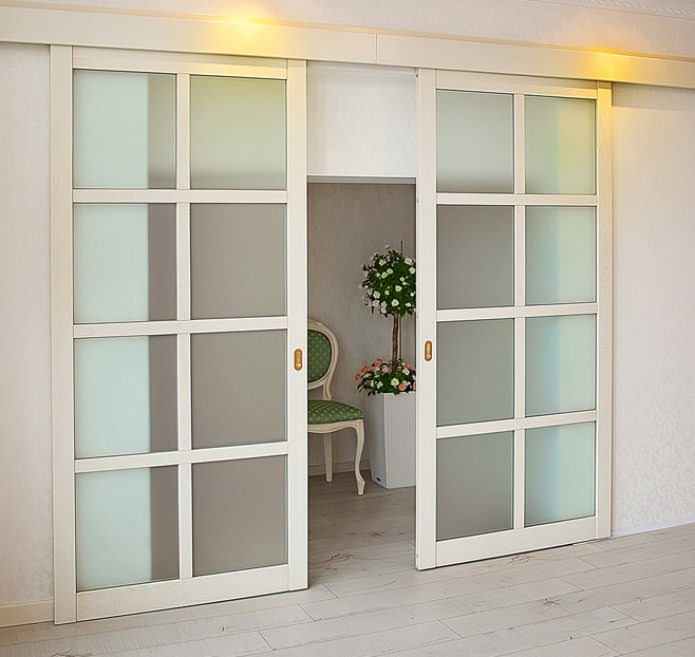
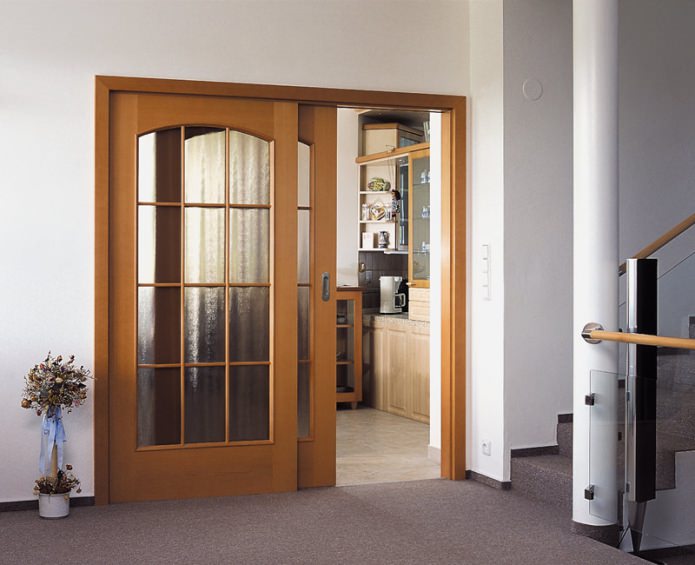
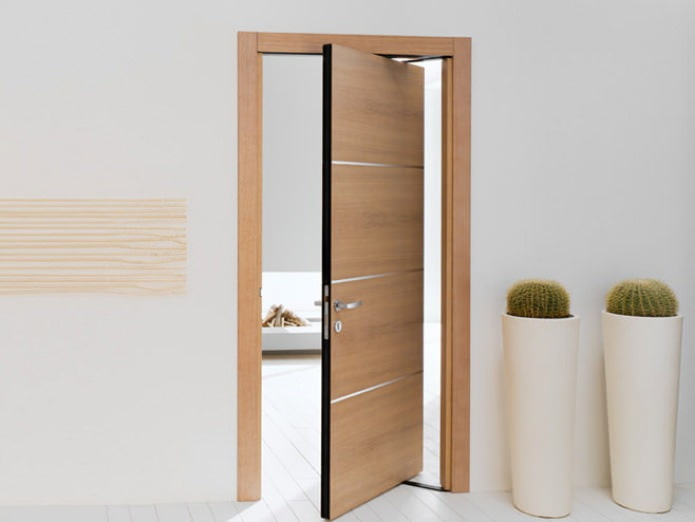
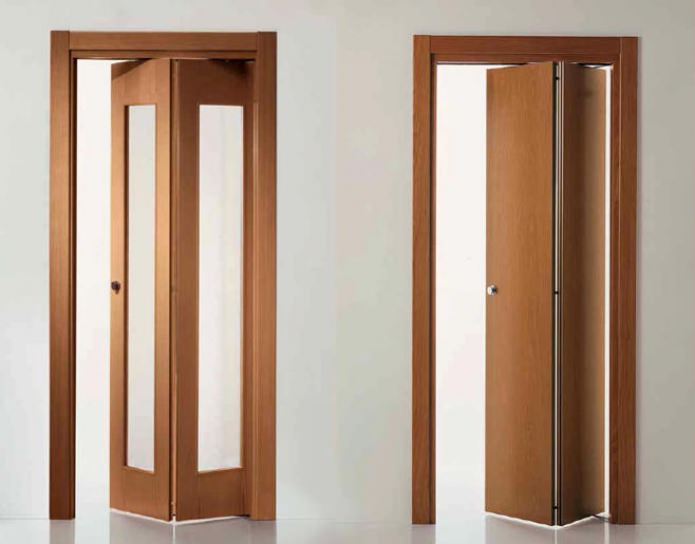
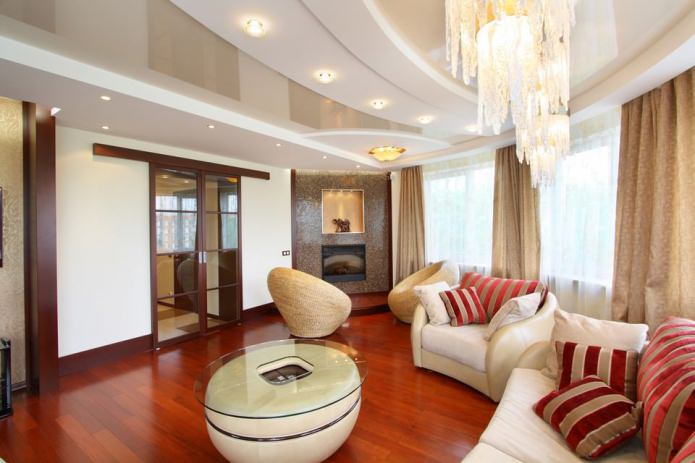
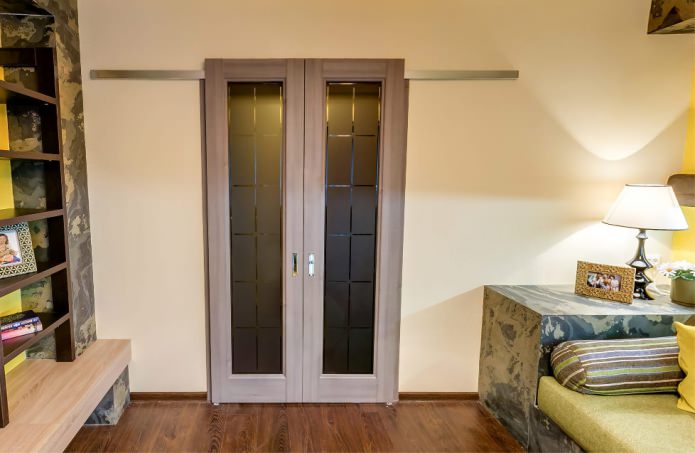
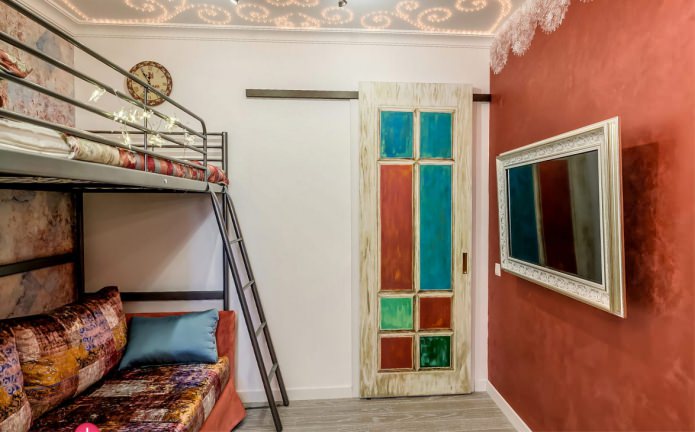
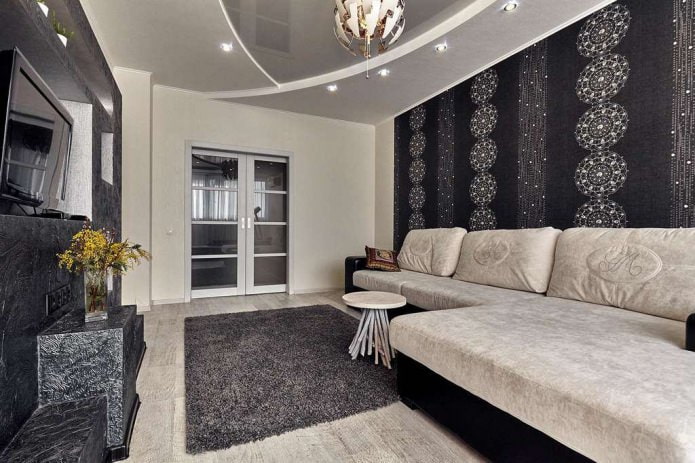
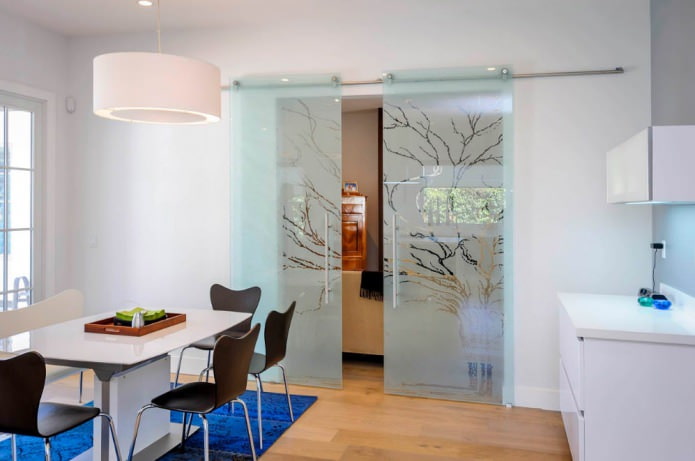
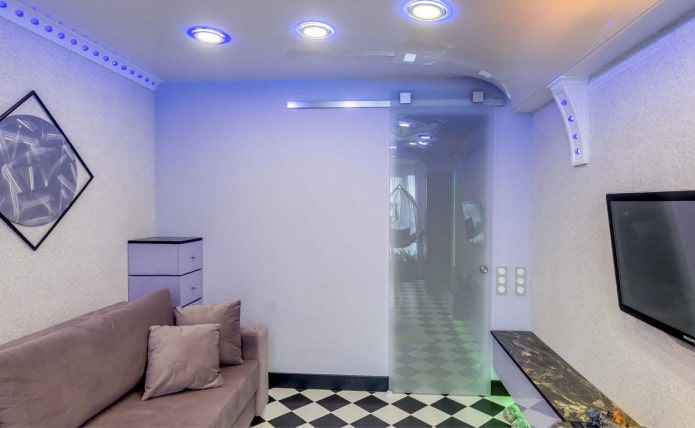
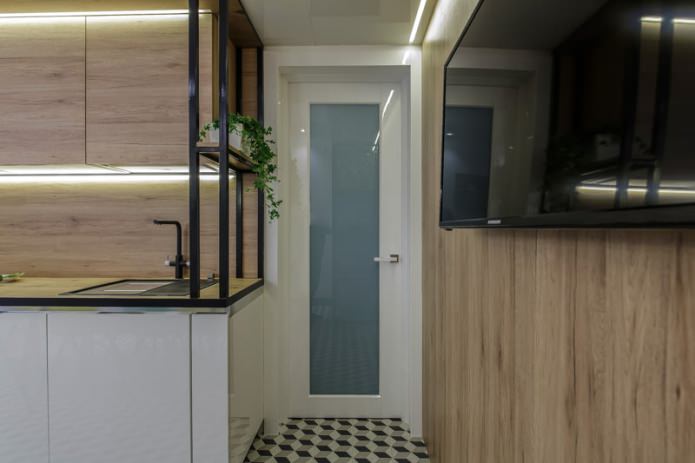
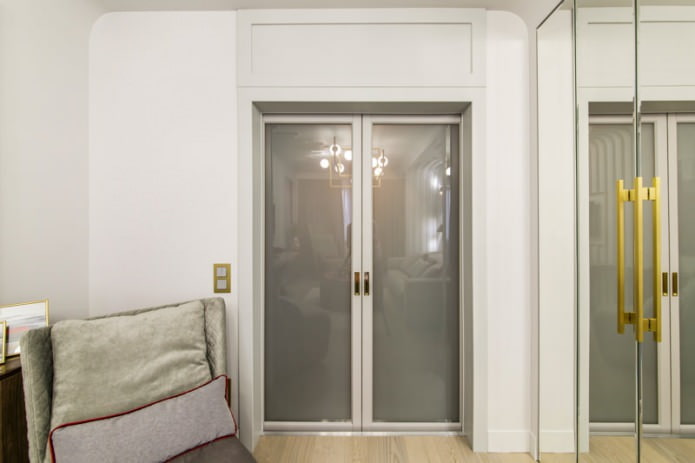
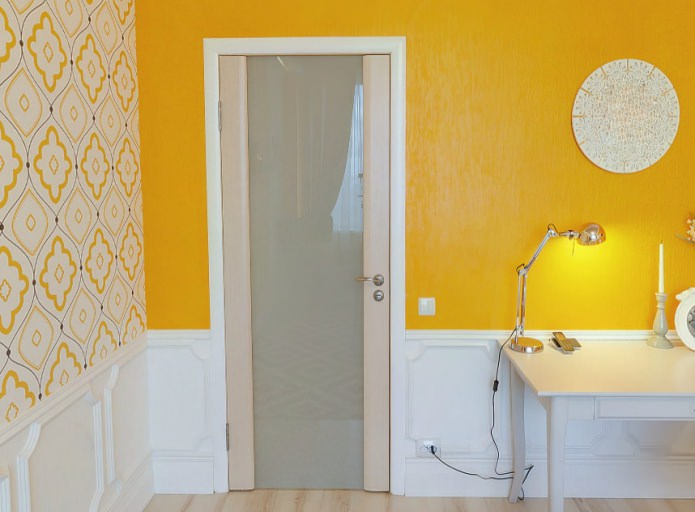


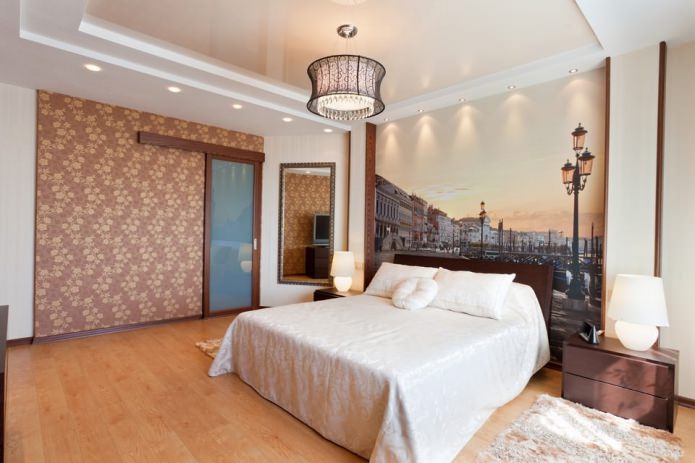
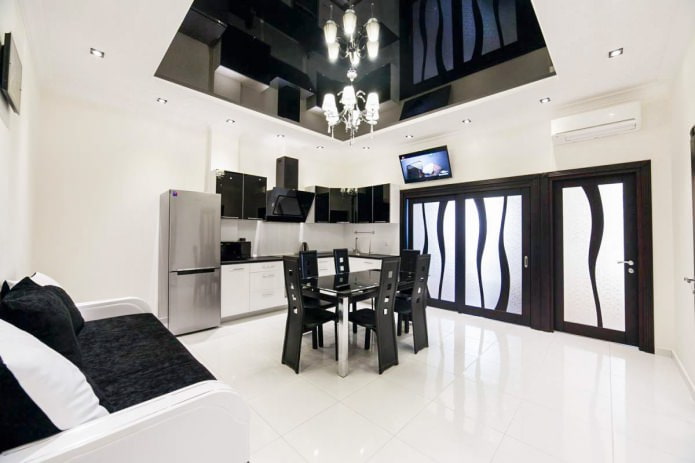
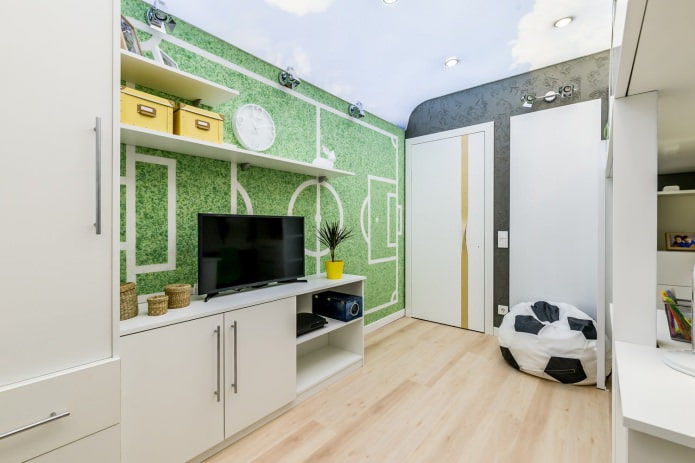
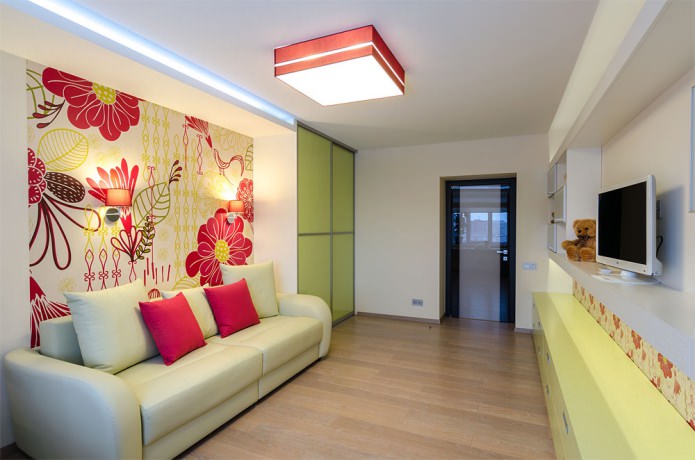
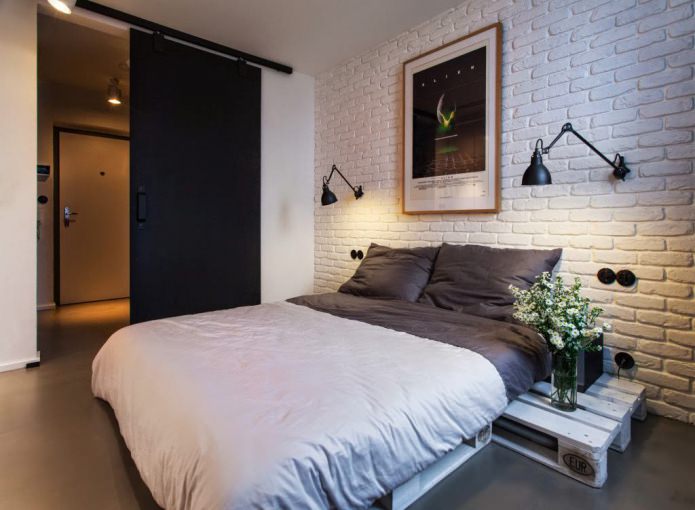
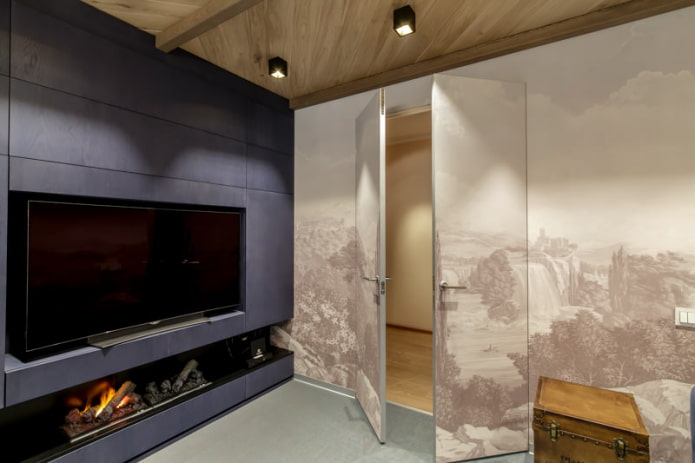
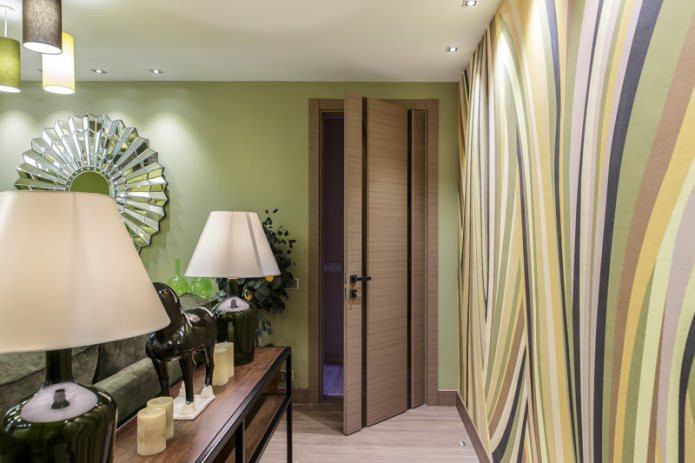
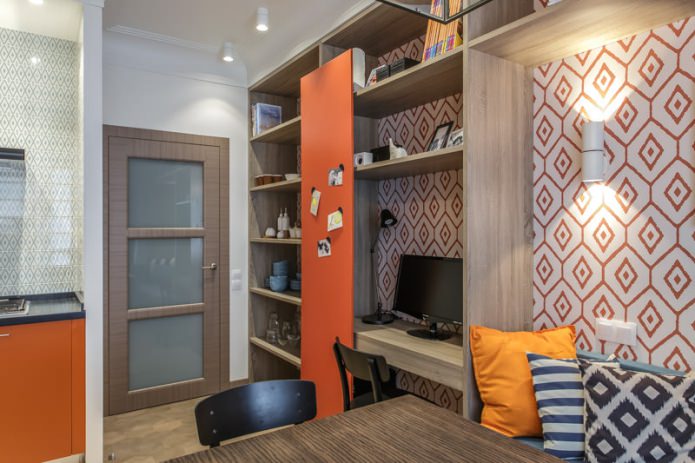
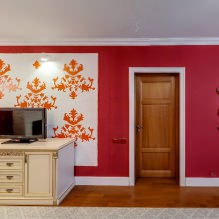
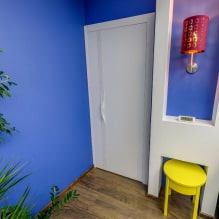
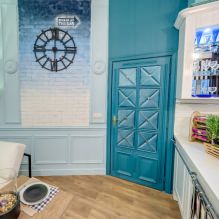
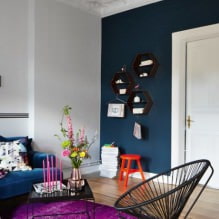
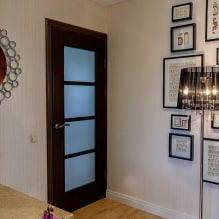
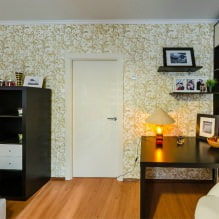
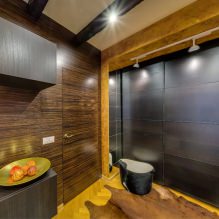
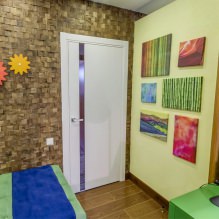
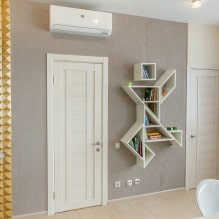
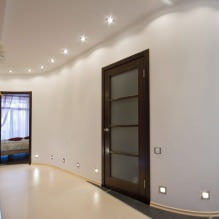
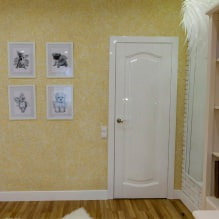
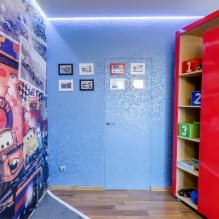


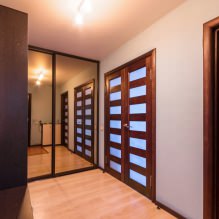

 Top 10 Trends in Interior Design 2020
Top 10 Trends in Interior Design 2020 Rating of cheap TVs with Smart-TV
Rating of cheap TVs with Smart-TV New Year's LED garlands on AliExpress - we disassemble while it is hot so that the house is bright
New Year's LED garlands on AliExpress - we disassemble while it is hot so that the house is bright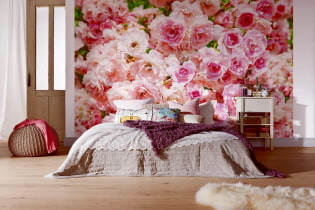 Wall mural with flowers in the interior: living wall decor in your apartment
Wall mural with flowers in the interior: living wall decor in your apartment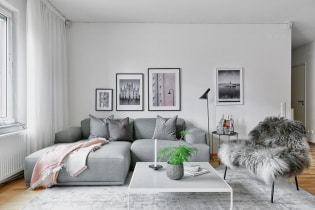 Gray sofa in the interior: views, photos, design, combination with wallpaper, curtains, decor
Gray sofa in the interior: views, photos, design, combination with wallpaper, curtains, decor Interior in peach tones: meaning, combination, choice of finishes, furniture, curtains and decor
Interior in peach tones: meaning, combination, choice of finishes, furniture, curtains and decor